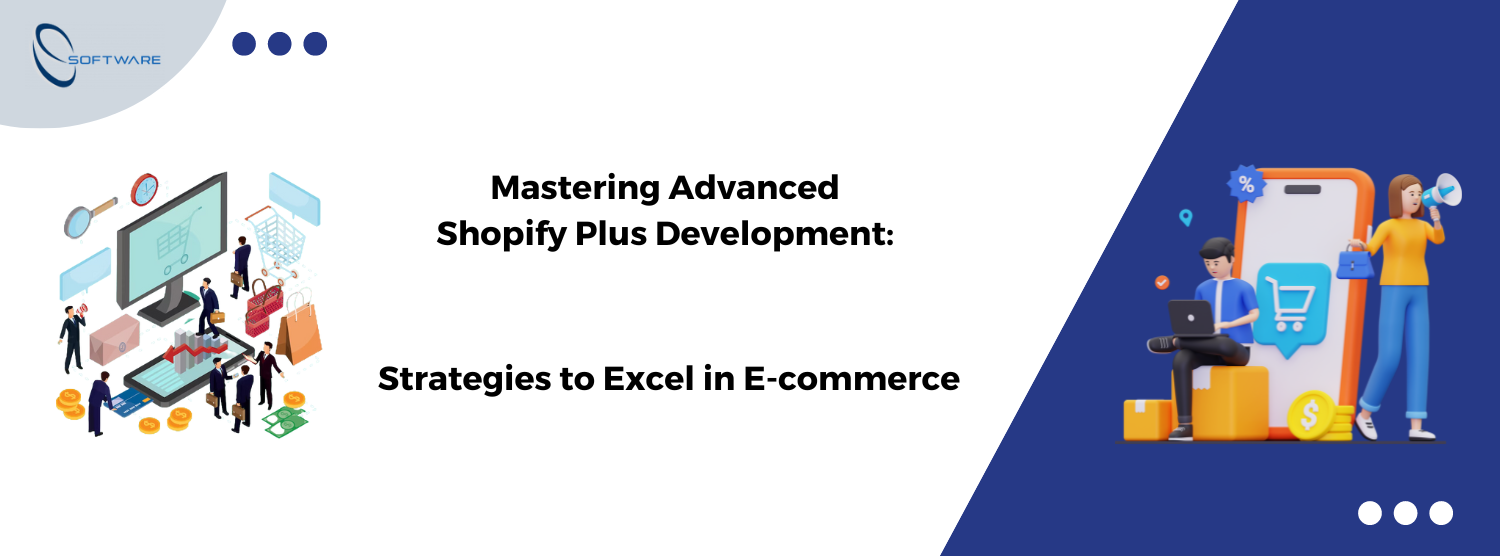
Beyond the Basics: Advanced Strategies in Shopify Plus Development
Shopify Plus Statistics 2023
Shopify Plus Growth
- At present, there are 28,134 live stores running Shopify Plus.
- Shopify Plus stores increased 3.5% quarter-over-quarter in 2023 Q2.
- Shopify Plus stores increased 19% year-over-year in 2023 Q2.
Social Media Usage on Shopify Plus Stores
Ecommerce brands use social media sites to engage with millions of consumers. Instagram and Facebook are the dominant social media sites for ecommerce stores, by far, with Twitter, Pinterest and YouTube also having notable usage. Facebook and Instagram usage are approximately 50% higher on Shopify Plus stores compared to other Shopify stores. In general, Shopify Plus merchants are much more likely to include contact information (of all types) than other merchants.
- Instagram is used by 77.1% of Shopify Plus stores.
- Facebook is used by 75.2% of Shopify Plus stores.
- LinkedIn is used by 53.9% of Shopify Plus stores.
Here are the top countries for Shopify Plus stores.
- 5% of Shopify Plus stores are in United States
- 9% of Shopify Plus stores are in United Kingdom
- 9% of Shopify Plus stores are in Australia
- 8% of Shopify Plus stores are in Canada
1. Custom App Development
2. Headless Commerce
3. Progressive Web Apps (PWAs)
4. Advanced Checkout Customization
5. Personalization and AI-driven Experiences
6. Scalability and Performance Optimization
7. Multichannel and Global Expansion
8. Automated Workflows and AI-powered Analytics
Automated Workflows: Shopify Flow, a powerful automation tool, allows you to streamline various processes, reducing manual labor and the risk of errors. You can set up automated triggers and actions based on customer behaviors, order statuses, inventory levels, and more. For instance, when a high-value item is added to a cart, you can automatically trigger a personalized follow-up email or a special discount code to incentivize the purchase.
AI-powered Analytics: Data is at the heart of successful e-commerce. With AI-powered analytics tools, you can gain deeper insights into customer behavior, sales trends, and inventory management. Machine learning algorithms can analyze vast amounts of data to uncover patterns and correlations that might not be apparent to human analysts. This data-driven approach empowers you to make informed decisions, refine your marketing strategies, and forecast demand more accurately.
9. Voice Commerce and IoT Integration
Voice Commerce: Voice assistants like Amazon Alexa and Google Assistant are becoming increasingly integrated into consumers’ daily lives. By enabling voice commerce capabilities in your online store, you can offer customers the convenience of placing orders, checking order statuses, and receiving personalized recommendations using voice commands. Voice commerce can create a frictionless shopping experience and differentiate your brand in the market.
IoT Integration: The IoT ecosystem is expanding rapidly, encompassing a wide range of smart devices—from wearable fitness trackers to smart home appliances. Integrating your Shopify Plus store with IoT devices can open up new avenues for engagement and sales. For instance, a customer’s smart refrigerator could detect when they’re running low on a specific product and automatically place an order through your store.
The Right Shopify Plus Development Partner
By harnessing the full capabilities of Shopify Plus and embracing these advanced strategies, you can not only drive higher conversion rates and customer loyalty but also position your e-commerce business for long-term success in an ever-evolving digital landscape. As technology continues to advance and consumer expectations evolve, your commitment to advanced Shopify Plus development will ensure your online store remains at the forefront of innovation and customer satisfaction.
